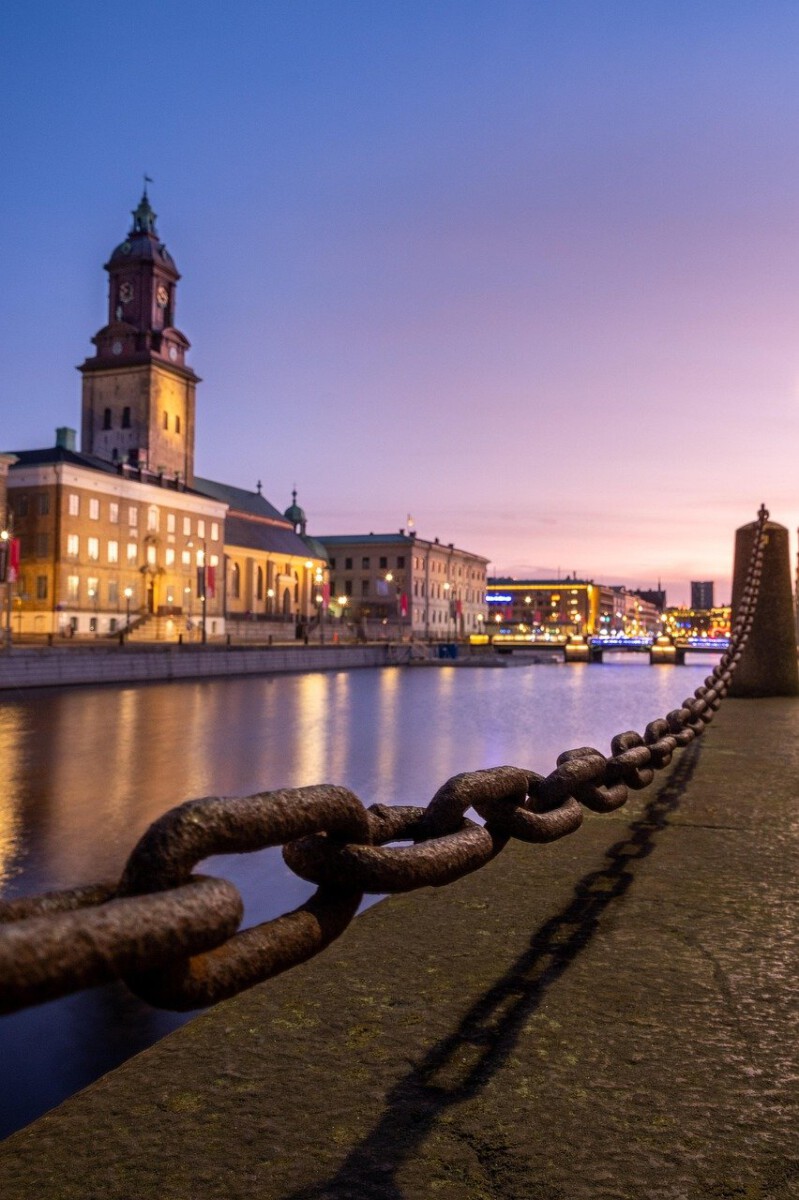Sweden: A Leader in Sustainability

Sweden shines as a beacon of sustainability, consistently topping global rankings for its environmental performance. Over 60% of the country’s energy is sourced from renewables like hydropower, wind, and solar, showing a true national commitment to clean energy. The government’s bold goal to hit net-zero emissions by 2045 is matched by real action, with significant investments in green technology and infrastructure. Sweden’s carbon tax, introduced decades ago, has played a huge role in slashing emissions while still allowing the economy to grow. Citizens are actively encouraged to recycle and reduce waste, making sustainable living a part of everyday life. The Swedish model demonstrates how ambitious policy, public engagement, and innovation can create a cleaner, greener future. This approach has earned Sweden admiration and attention from nations eager to follow its lead.
Denmark: The Wind Energy Pioneer

Denmark’s dedication to wind power is nothing short of inspiring, with nearly half of its electricity produced by wind turbines in 2024. The government’s decision to phase out fossil fuels by 2050 has fueled a surge in renewable energy projects, especially massive offshore wind farms. Denmark’s efforts go beyond just electricity—they also focus on sustainable agriculture and innovative urban design. Copenhagen, the capital, is on track to become the world’s first carbon-neutral city by next year, a testament to the country’s comprehensive strategy. These ambitious projects are not just lofty promises; they are backed by real policy and investment. The Danish way combines practical action with visionary thinking, proving that a small country can have a big impact on global sustainability. As a result, Denmark stands out as a true trailblazer in the green movement.
Finland: Nature and Innovation

Finland’s stunning natural beauty is matched by its strong commitment to preserving the environment for future generations. With three-quarters of its land blanketed in forests, Finland places a major emphasis on safeguarding its natural resources. The country’s high ranking on the Environmental Performance Index reflects its impressive work in air quality, water management, and biodiversity protection. Finland invests heavily in bioenergy and circular economy practices, focusing on minimizing waste and maximizing efficiency. Environmental education starts early, with schools teaching students about sustainability from a young age. This approach ensures the next generation is well-equipped to carry on the fight for a greener world. The Finnish blend of tradition and innovation serves as a powerful example for others looking to balance economic growth with environmental care.
Norway: A Model of Green Governance

Norway’s approach to sustainability is both practical and visionary, earning it a reputation as a world leader in environmental policy. Nearly all of Norway’s electricity comes from hydropower, making its energy sector one of the cleanest anywhere. The recent pledge to slash carbon emissions by more than half by 2030 shows that the government is serious about meeting international climate goals. A robust set of incentives for electric vehicles has led to more than half of all new cars sold being electric, a world-leading achievement. Beyond technology, Norway is devoted to preserving its wild landscapes, with extensive national parks and protected areas. These actions are not just government-driven; they reflect a culture of environmental stewardship embraced by the public. Norway’s experience highlights how strong leadership, public support, and smart policy can drive real change.
Iceland: Harnessing Geothermal Energy

Iceland’s unique landscape provides the country with an extraordinary advantage: geothermal energy. Around 85% of Iceland’s energy comes from renewable sources, making it one of the greenest countries in the world. Geothermal plants heat homes, power cities, and even support sustainable industries. The government’s ambitious plan to cut emissions by 40% by 2030 focuses on protecting the fragile natural environment, which is a source of national pride. Eco-friendly initiatives are widespread, from recycling programs to efforts promoting sustainable tourism and fisheries. Iceland’s citizens are encouraged to use public transport and reduce their carbon footprint, making sustainability a shared mission. The result is not only a cleaner environment but also a thriving destination for visitors seeking natural beauty and responsible travel.
New Zealand: Striving for a Greener Future

New Zealand stands out for its proactive approach to sustainability, setting an ambitious target of 100% renewable electricity by 2030. Currently, about 84% of the country’s electricity is already generated from renewable sources, showing steady progress. The government recently unveiled a plan to cut carbon emissions by half by 2030, with a focus on cleaner agriculture and smarter forestry practices. Conservation is a national priority, and programs to protect endangered species and unique ecosystems are well-funded and visible. Public campaigns encourage sustainable habits, making environmental responsibility a part of New Zealand’s national identity. The country’s green vision is helping to inspire others, proving that even small nations can make a big difference. New Zealand’s efforts are a reminder that with determination and public support, meaningful change is possible.
Countries Falling Behind: The United States

The United States, despite its vast resources and technological expertise, continues to lag behind in key areas of sustainability. It remains among the world’s largest emitters of greenhouse gases, with only modest reductions in recent years. The lack of a unified federal approach on climate policy has created confusion and slowed progress, even as some states and cities push ahead with their own green initiatives. The country’s repeated withdrawal and re-entry into international climate agreements has raised concerns about its long-term commitment. Continued reliance on fossil fuels and resistance to large-scale renewable projects have hampered the transition to cleaner energy. While there are pockets of innovation, the divided political landscape makes cohesive action difficult. As a result, the U.S. risks falling further behind global leaders in the race toward a sustainable future.
Countries Falling Behind: Brazil

Brazil’s rich natural heritage is under increasing threat, with deforestation in the Amazon rainforest reaching alarming new highs in 2024. The government’s support for agricultural expansion has led to a more than 20% jump in forest loss this year, drawing sharp criticism from environmental groups. Despite promises to balance economic growth with conservation, enforcement of environmental laws remains weak. Brazil’s greenhouse gas emissions continue to rise, casting doubt on its ability to meet international commitments. The loss of biodiversity in the Amazon not only affects Brazil but also has global consequences for climate stability. While some local initiatives promote sustainable agriculture and forestry, they lack the scale and support needed to make a real difference. Without stronger policies and better enforcement, Brazil’s environmental future looks increasingly uncertain.
Countries Falling Behind: India

India faces daunting challenges on the road to sustainability, with pollution and rapid urbanization straining its resources. The country is one of the world’s top carbon emitters, and emissions are expected to grow as the economy expands. Coal remains a mainstay of India’s energy mix, complicating efforts to shift toward renewables. Major cities regularly experience hazardous air quality levels, endangering the health of millions and sparking public outcry. While the government has announced plans to boost clean energy and reduce emissions, implementation has been inconsistent and funding remains a hurdle. Efforts to balance economic growth with environmental protection are ongoing, but the path forward is not easy. India’s struggle highlights the immense complexity of achieving sustainability in developing economies facing rapid change.







